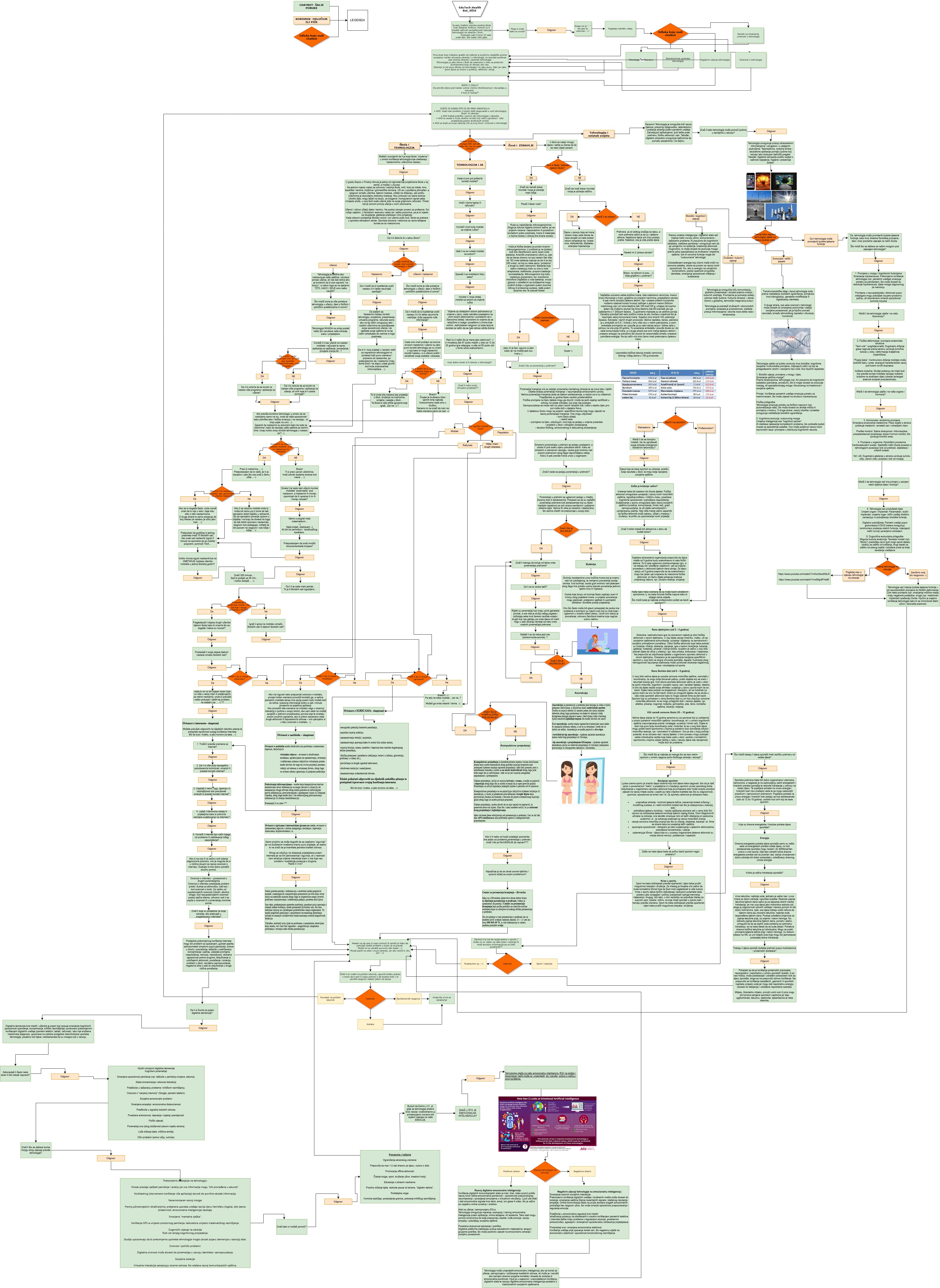School name: Self learning
Team: EduTech Health Bot_SŠIS_2025
Powered by


Send "Hi" to start the conversation
Short descriptionSelect Project
Chat diagram

Define the problem
The problem of the impact of technology on young people, students and their health refers to the comprehensive changes in the mental, physical and social functioning of young people caused by the increasing and often uncontrolled use of digital devices, the internet and social networks.
Digital technology has significantly changed the way young people communicate, learn and spend their free time. Although it brings positive aspects such as easier access to information, education and social connections, it also carries numerous risks:
Mental health: Excessive and uncontrolled use of technology is associated with increased anxiety, depression, decreased concentration, sleep disorders, reduced self-esteem and problems with emotional regulation. It can also lead to addiction to the internet and social networks, loss of control over time spent online and feelings of sadness and dissatisfaction.
Physical health: Prolonged sitting and screen time reduces physical activity, increases the risk of overweight, vision problems, poorer cardiorespiratory fitness and chronic diseases.
Social skills and relationships: Young people who spend too much time online often neglect face-to-face social contacts, which can lead to reduced social skills, isolation and problems in interpersonal relationships.
Exposure to risks: Children and young people are exposed to online violence (cyberbullying), inappropriate content, digital addiction and information overload, which further threatens their well-being.
Which groups of people are affected by this problem?
The issue of the impact of technology on young people, students and their health affects a wide range of social groups, not just young people themselves. Here are the most important groups that are directly or indirectly affected by this problem:
1. Children and young people (primary and secondary school students)
Most directly affected: Excessive use of digital technologies can lead to mental health problems (anxiety, depression, loneliness), reduced physical activity, sleep disorders and screen addiction.
Young people are also exposed to risks such as cyberbullying, reduced social skills and negative impact on emotional development.
2. Parents and families
Responsible for supervision and support: Parents are often concerned about the impact of technology on children, but they also face the challenges of setting boundaries and ensuring a balance between online and offline activities.
Family relationships can be damaged by excessive screen time and lack of face-to-face communication.
3. Teachers, schools and the education system
Directly involved in the daily lives of young people: Teachers and schools face the challenges of integrating technology into teaching in a healthy and balanced way.
Schools recognize the need for education on the responsible use of technology, but also for the prevention of digital addiction and the protection of students' mental health.
4. Mental health experts
A growing number of young people seek help: Psychologists, educators and counselors note an increase in mental health problems in young people related to digital habits.
Experts emphasize the importance of education, prevention and timely intervention.
5. The wider community and society
Long-term consequences: The negative impacts of technology on young people are reflected in the entire society through the increase in mental health problems, reduced social connections and changes in the way of communication and life.
The community has a role in creating a supportive environment, public campaigns and regulation of the digital space.
6. Decision makers and policy makers
Responsible for regulation and guidelines: State institutions and educational and health policy makers must develop strategies to protect young people and encourage healthy digital habits.
Clear guidelines are needed for digital literacy, internet safety and prevention of digital addiction.
Who is responsible for this problem?
The impact of technology on young people and their health is not just a problem for young people, but also for their families, schools, professionals, communities and the state. Solving this problem requires the cooperation of all these groups through education, support, regulation and the development of healthy digital habits.
How big is the problem?
The problem is large because it affects almost every child and young person, and the consequences are wide-ranging: from physical and mental health, to school success, to quality of life and relationships with others. Although moderate and purposeful use of technology can have positive effects, uncontrolled and excessive use brings serious risks and requires urgent attention from parents, schools and society.
What is blocking the current solution of the problem?
1. Lack of balance between online and offline activities
A large number of young people spend too much time in front of screens – more than three to four hours a day – which negatively affects mental, physical and social health. Moderate and purposeful use of technology can be beneficial, but most young people do not have developed self-regulation habits or support to maintain a balance between digital and real life.
2. Insufficient control and support from adults
Parents and teachers often do not set clear boundaries or actively monitor young people’s digital habits. Children and teenagers rarely feel intrinsically motivated to go digital, and adults are often inconsistent in their own habits and rules. Taking away or giving technology as a punishment is not effective, and joint setting of rules and the example of adults are key to change.
3. Lack of education and prevention
Schools and families still lack systematic education on digital literacy, online safety and recognizing the signs of digital addiction. Although there are initiatives, more prevention programs, psychological support and education on the responsible use of technology are needed.
4. Insufficient regulation and protection at the societal level
Digital platforms and social networks are not sufficiently regulated – there is a lack of effective measures for age verification, content moderation and protection of young people from inappropriate and harmful content. Stronger policies are needed that will require digital companies to be more responsible and safe for young users.
5. Lack of open dialogue and support
Young people often do not have the opportunity to openly discuss their experiences and problems related to technology, whether at home or at school. Without support and understanding from adults, it is difficult to develop critical awareness and healthy digital habits.
Why did you choose this problem, and why is it important to solve it?
The issue of the impact of technology on health and youth is extremely important because it directly affects the mental, physical and social well-being of the new generation, and the consequences are already visible and can have a long-term impact on society as a whole.
Why is this issue important?
The growth of mental disorders: Statistics show an increase in anxiety, depression and dissatisfaction among young people, which coincides with the increased use of digital technologies and social networks. More than 40% of high school students in Croatia believe that technology negatively affects their mental health, free time and physical health.
Sleep disorders and physical inactivity: Excessive use of screens, especially before bedtime, disrupts melatonin production and leads to poor sleep, which affects concentration, growth and general health. Lack of physical activity and a sedentary lifestyle are associated with obesity, poor motor skills and chronic diseases.
Risk of addiction and reduction of social skills: Children and young people are increasingly showing signs of addictive behavior towards the Internet and social networks, losing interest in activities outside the screen, reducing face-to-face communication and developing weaker social skills.
Exposure to cyberbullying and unrealistic standards: Young people are exposed to online violence, idealized images and social media pressure, which can damage self-image, self-confidence and encourage the development of depression and anxiety.
Balance is key: Research shows that neither complete isolation from technology nor uncontrolled use is the solution – moderate, purposeful and creative use of technology can have positive effects, but requires education, supervision and support from parents, schools and communities.
How does the chatbot solve this problem?
The chatbot on the topic of "technology and health" solves the problem by providing the user with personalized, automated and interactive support through five clearly structured units. Here is how the chatbot functionally processes each of these units and thus contributes to better health and digital literacy of the user:
1. Analysis of the user's current health level (questionnaire + statistics)
The chatbot starts the conversation with the user with a questionnaire of 15 questions about sports, nutrition, sleep and healthy habits. The questions are adapted to everyday language and easy to understand, which makes it easier for the user to answer honestly. After completing the questionnaire, the chatbot automatically displays the results and compares them with recommended values (e.g. number of hours of sleep, recommended amount of physical activity), giving the user clear feedback on their own health.
2. Analysis of technology addiction (questionnaire + statistics)
In the second unit, the chatbot asks 15 questions about the types of technology the user uses, average daily screen time, device usage habits and digital routines. After collecting responses, the chatbot displays statistics and compares them with recommendations (e.g. recommended screen time for an age group). This gives the user insight into the potential risks of excessive technology use and helps them recognize early signs of digital addiction.
3. Understanding the harmful effects of excessive technology use (questionnaire + statistics)
The third unit uses a 15-question questionnaire about the impact of technology on mental and physical health, social life, and motor skills. The chatbot analyzes the responses and shows the user how aware they are of potential harms and compares the results with normal values. This automated assessment helps the user identify their own risky habits and motivates them to change their behavior.
4. Self-control in technology use (instructions and examples)
Chatbot offers specific advice and practical examples on how to control excessive technology consumption:
Setting daily limits for applications
Using digital tools to monitor screen time
Tips for digital detox and alternative activities (e.g. walking, reading)
Reminders for breaks and eye exercises
All recommendations are personalized according to the user's previous responses, which increases their effectiveness and motivates them to change habits.
5. Health and digital literacy monitoring (application and habit organizer)
Finally, the chatbot can create a personalized plan or suggest an application that allows the user to monitor their health and technology use on a daily basis. The application functions as a daily organizer: it records positive and negative effects, reminds them of healthy habits and provides weekly progress reports. This way, the user develops responsibility, digital literacy and awareness of the balance between technology and health